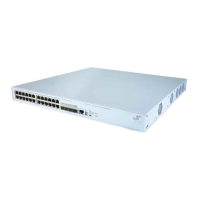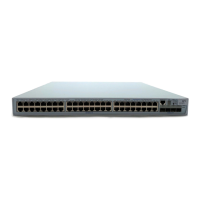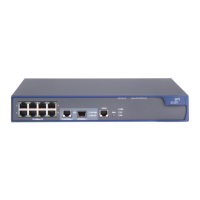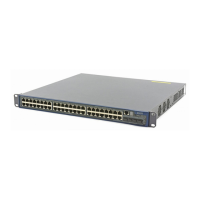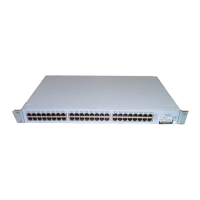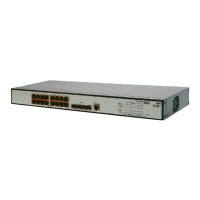236 CHAPTER 12: FILE SYSTEM MANAGEMENT
when there is no complicated interaction between the clients and server. TFTP is
implemented on the basis of UDP.
TFTP transmission is originated from the client end. To download a file, the client
sends a request to the TFTP server and then receives data from it and sends an
acknowledgement to it. To upload a file, the client sends a request to the TFTP
server and then transmits data to it and receives the acknowledgement from it.
TFTP transmits files in two modes: binary mode for program files and ASCII mode
for text files.
Figure 63 TFTP Configuration
Table 256 Configuration of the Switch as TFTP Client
Downloading Files by
means of TFTP
To download a file, the client sends a request to the TFTP server and then receives
data from it and sends acknowledgement to it. You can use the following
commands to download files by means of TFTP.
Perform the following configuration in User View.
Table 257 Download Files by means of TFTP
Uploading Files by
means of TFTP
To upload a file, the client sends a request to the TFTP server and then transmits
data to it and receives the acknowledgement from it. You can use the following
commands to upload files.
Perform the following configuration in User View.
Device Configuration Default Description
Switch Configure IP address for the
VLAN interface of the
Switch, in the same network
segment as that of TFTP
server.
- TFTP is right for the case where no
complicated interactions are required
between the client and server. Make sure
that the IP address of the VLAN interface
on the Switch is in the same network
segment as that of the TFTP server.
Use the tftp command to
log into the remote TFTP
server for file uploading and
downloading.
- -
PC Start TFTP server and set
authorized TFTP directory.
- -
Swi tch
PC
Network
Swi tchSwi tch
PC
Network
Operation Command
Download files by means of TFTP tftp tftp-server get source-file [
dest-file ]

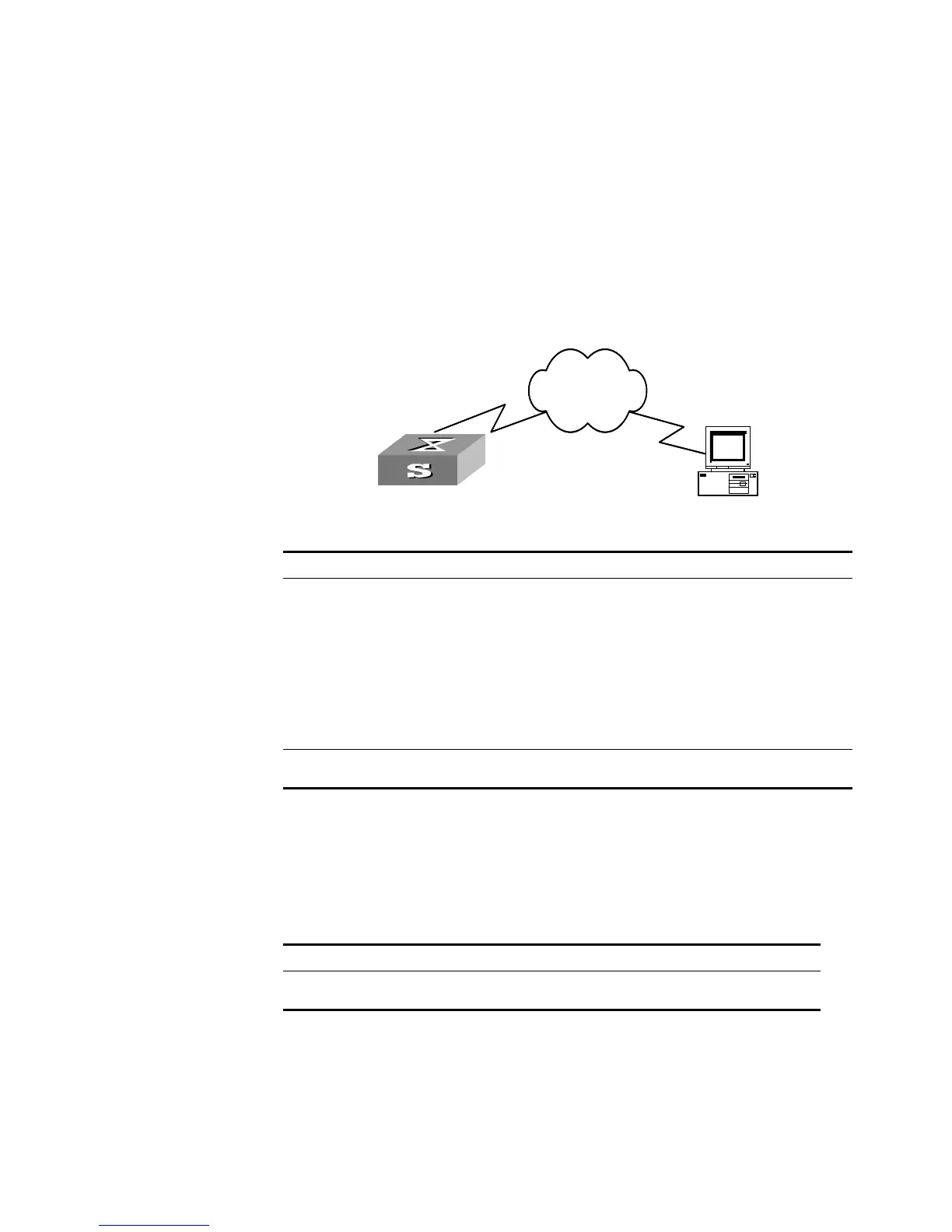